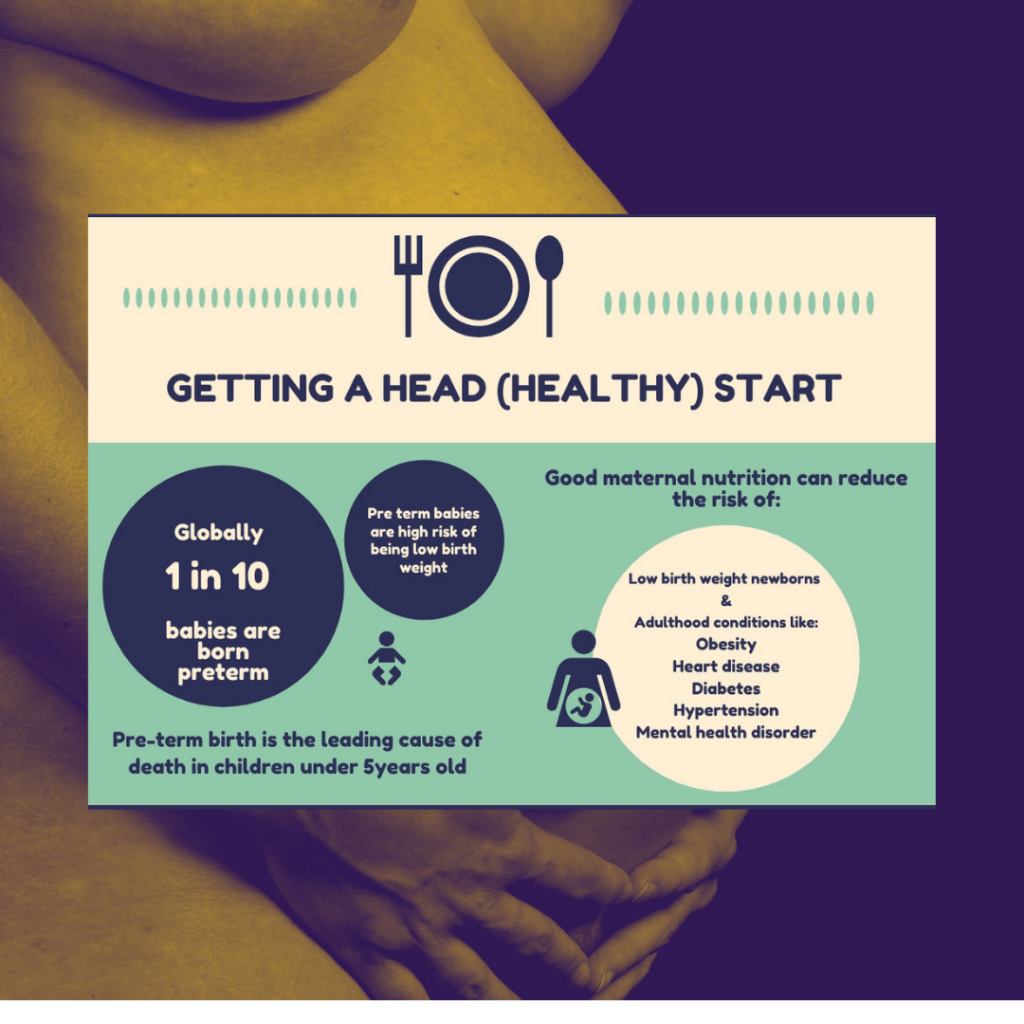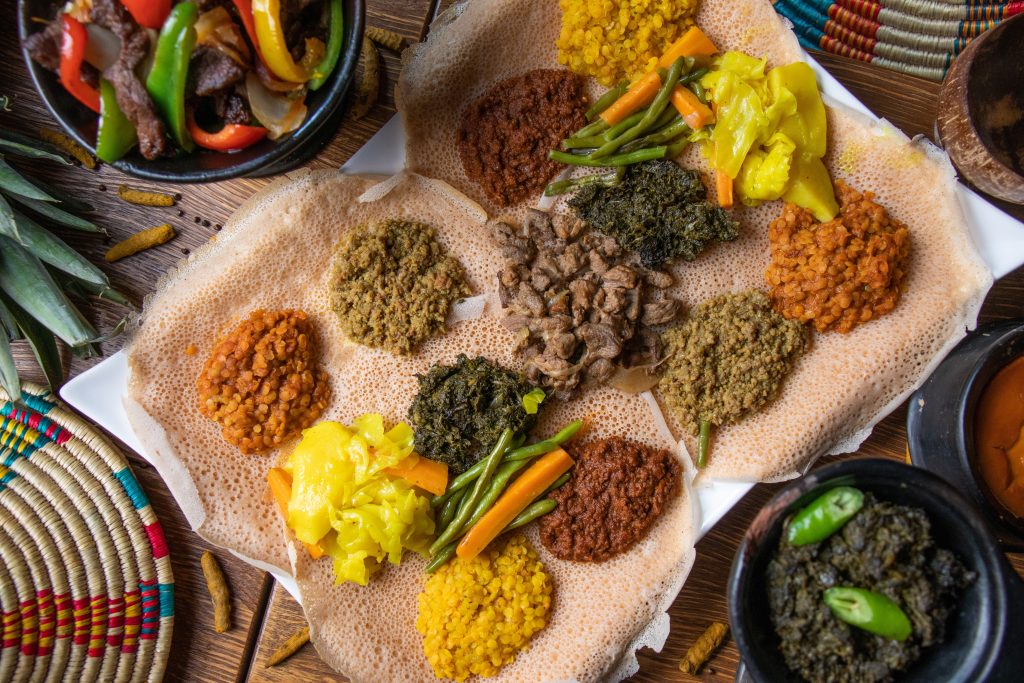The menopause is a natural part of the female life cycle. But why do women become invisible after the menopause? Dr Jen Gunter answers my question 'Ain't I A Woman?"

Haiku
S(he) was born today,
Her morrow still yesterday,
In the end, who chooses?
As an obstetrics & gynaecology ( ObGyn) doctor, I am fascinated by birth and pregnancy. So should you! We share one definite thing in common- we are all affected by pregnancy. Regardless of our sex, fertility choices and ability, we have all arrived on earth via a womb. We had no choice in the decision of when, how, where and to whom we were born. Yet this decision was one of the most important ones in your life. This decision continues to have an impact on who you are today.

We inherit many things from our biological parents, the most obvious being our DNA. Like Lego, these blocks of genetic material are passed on to us in the form of chromosomes, which tells stories of who our parents were, as well as who we may become.
Over three decades ago at midnight on a Tuesday somewhere in Lagos Nigeria, my mother went into labour with her second child. Her pregnancy had been unremarkable until this point, and much easier than her first. This baby changed that with their decision to arrive 7 weeks earlier than expected. Her baby girl was born on a Tuesday at 3 am weighing only 3.5 pounds (1.7kg) at 33 weeks. “Skinny, jaundiced and hairy – like a rat”, my mum would often say. That baby was me.
My mother’s story is not uncommon. Today 1 out of 10 babies are born early or pre-term. Pre-term birth is now the leading cause of death in children under the age of 5 years. Preterm birth can be associated with infection, having twins (or multiple pregnancy), problems with the afterbirth (placenta), medical conditions in the mother (e.g., raised blood pressure and diabetes in pregnancy) and previous history of having a pre-term baby.
My mother had none of these problems. Her biggest concern was that I was so tiny and had to be fattened up. Like many mothers, she persists in this goal till today. She was also worried that she had done something wrong to cause me to be born so early and so small.

Pre-term babies are often also born low birth weight. This is commonly because they have not had the full pregnancy to put on enough weight. This may also be related to maternal nutrition. Your mother’s nutritional state at the time you were conceived and during their pregnancy was critical to your health in childhood and adulthood. Extremes of nutrition (over nutrition and under nutrition) challenge healthy pregnancies today.
The womb is the first environment we are exposed to as babies. Our chances of developing conditions such as obesity, diabetes, hypertension and heart disease, and mental health disorders are programmed within the womb, and increased if your mother had any of these conditions during her pregnancy, or was under or overweight. Food is essential to life; it nourishes, gives pleasure, holds memories, identities, culture, and community. Food and nutritional messaging are commonly either negatively framed and/or culturally homogenous.
The narrative and statistics around poor nutrition weigh heavily on minoritised individuals and communities.
I use the term minoritised in place of BIPOC, POC, BAME and BME to recognise that different individuals and communities do not naturally exist as minorities; but instead have been assigned this identity in response to dominant social narratives. ‘Minoritised’ highlights contemporary power imbalances rooted in historical events of slavery, colonisation, and other systems of oppression. Colonisation amongst many things decimated land ownership and extracted cultural identities and ‘capital’. Today, erasure of traditions, and ancestral practice around food manifests as poverty, food insecurity and dietary dependence on processed foods-high in fats, sugars and low in nutrients.

There are multiple ways of knowing when it comes to healthy eating and nutritional practice.
At the Cihuapactli Collective, (Cihuapactli means “women’s medicine” in Nahuatl) food is about cultural restoration, justice, and wellbeing. The collective uses ancestral and traditional knowledge to empower urban indigenous pregnant people from diaspora through cooking workshops, recipe sharing and peer support.
Ronke Ajayi, curator of the platform 9jafoodie, uses wholesome Nigerian traditional recipes and balanced positive nutritional messaging to promote wellbeing and nutritional literacy for Africans in the diaspora.
In Bint Rhoda’s Kitchen, we experience the intersection of food, faith, and Palestinian culture. By focusing on the idea of food as ‘home’, Bint Rhoda promotes healthy food traditions which nourish and connect people to their Middle Eastern roots.
These different food narratives are rooted in traditions overlooked by mainstream nutritional messaging. They positively frame the nutritional values and priorities of minoritised communities over-represented in disparate statistics around health outcomes across the life course. A healthy start is a head start in the lottery of life.
Can we redistribute the ‘capital’ food provides by re-framing diverse positive narratives around nutritional statistics in public health?
In my pieces, I use the terms:
girls, women, womxn, pregnant people and birthing people to refer to some of the reproductive health experiences of individuals assigned female at birth
minoritised in place of BIPOC( Black, Indigenous & people of color), POC ( people of color), BAME (Black, Asian & Minority Ethnic) and BME ( Black & Minority Ethnic) to recognise that different individuals and communities do not naturally exist as minorities; but instead have been assigned this identity in response to dominant social narratives. ‘Minoritised’ highlights contemporary power imbalances rooted in historical events of slavery, colonisation, and other systems of oppression.
What do periods, plastic coffee cups and poverty have in common? ( The answer is not the letter ‘P’)
Preterm birth [Internet]. [cited 2021 Sep 21]. Available from: https://www.who.int/news-room/fact-sheets/detail/preterm-birth
Heslehurst N, Vieira R, Akhter Z, et al. The association between maternal body mass index and child obesity: A systematic review and meta-analysis. PLOS Med. 2019;16(6):e1002817. doi:10.1371/journal.pmed.1002817
Gaillard R, Santos S, Duijts L, Felix JF. Childhood Health Consequences of Maternal Obesity during Pregnancy: A Narrative Review. Ann Nutr Metab. 2016;69(3-4):171-180. doi:10.1159/00045307
Polinski KJ. Maternal Obesity, Gestational Weight Gain, and Asthma in Offspring. Prev Chronic Dis. 2017;14. doi:10.5888/pcd14.170196
Chang E, Hafner H, Varghese M, et al. Programming effects of maternal and gestational obesity on offspring metabolism and metabolic inflammation. Sci Rep. 2019;9(1):16027. doi:10.1038/s41598-019-52583-x
More from Isioma Dianne Okolo here.
The menopause is a natural part of the female life cycle. But why do women become invisible after the menopause? Dr Jen Gunter answers my question 'Ain't I A Woman?"
The menopause is a natural part of the female life cycle. But why do women become invisible after the menopause? Dr Naghat ARif answers my question " Ain't I A Woman?"
In this game of gonads, who decided that a testicle is worth more than an ovary?
To deputise a complete stranger to interfere with a woman’s health choice is constitutionally, medically, morally and ethically wrong. That's the end of my sentence.
Cervical cancer can be prevented. When detected early it can be treated and cured with surgery. As we mark the one year anniversary of the "Cervical Cancer Elimination Day of Action", I reflect on the role of surgical systems in eliminating cervical cancer.
Adolescents make up 16% of the population and straddle the sometimes uncomfortable gap between childhood and adulthood. Seeking out information on the internet makes sense but at what cost?
Periods don't have to cost us education, equity and the environment
We had no say in the decision of when, how, where and to whom we were born. Yet this was one of the most important decisions in our lives, which continues to impact us today.
BCPHR.org was designed by ComputerAlly.com.
Visit BCPHR‘s publisher, the Boston Congress of Public Health (BCPH).
Email [email protected] for more information.
Click below to make a tax-deductible donation supporting the educational initiatives of the Boston Congress of Public Health, publisher of BCPHR.![]()
© 2025-2026 Boston Congress of Public Health (BCPHR): An Academic, Peer-Reviewed Journal
All Boston Congress of Public Health (BCPH) branding and content, including logos, program and award names, and materials, are the property of BCPH and trademarked as such. BCPHR articles are published under Open Access license CC BY. All BCPHR branding falls under BCPH.
Use of BCPH content requires explicit, written permission.